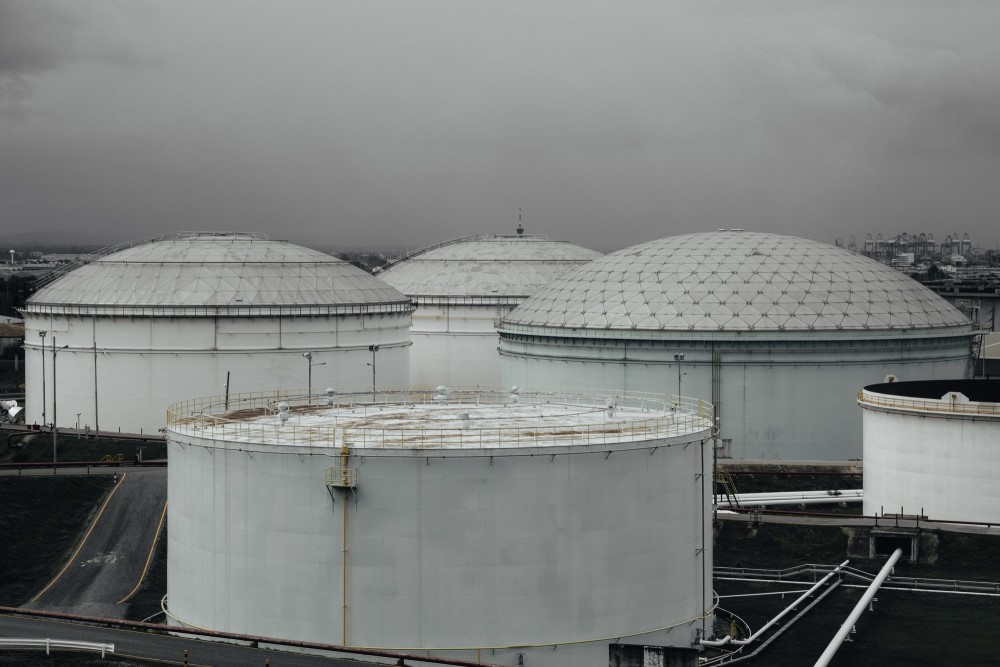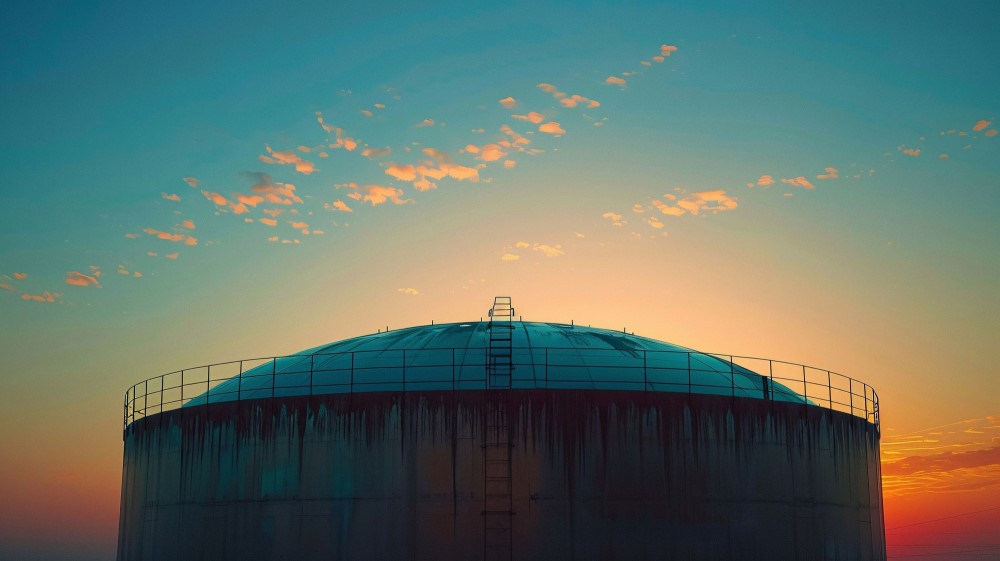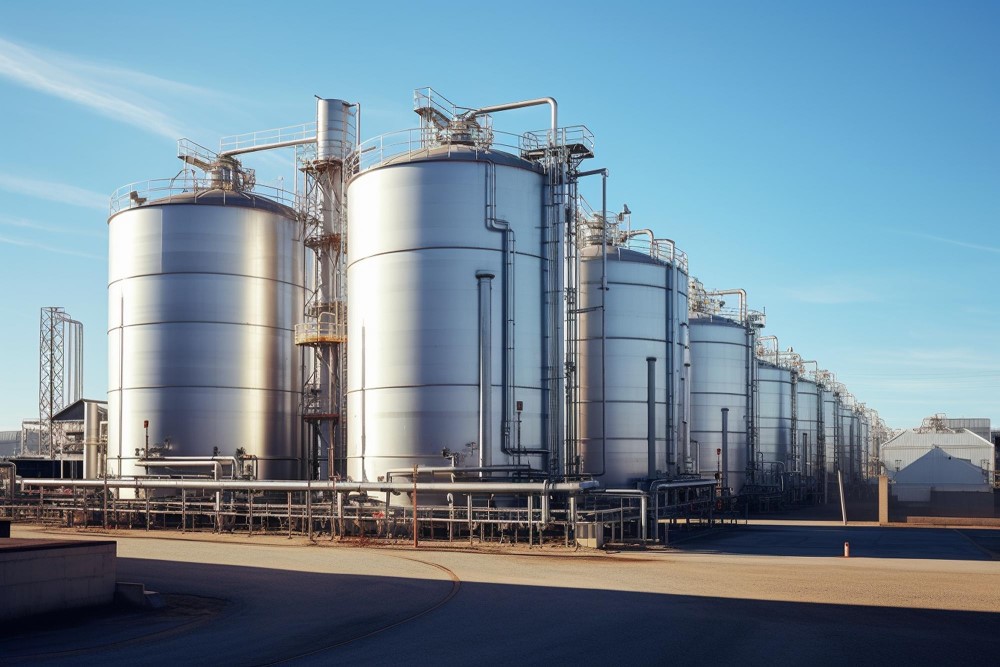Domed Roof Tanks are a type of storage tank widely used in the oil and gas industry for holding various liquids such as crude oil, refined products, and chemicals. Due to their unique design and technical features, these tanks hold significant importance. This article will explore the construction, materials used, roof engineering, dimensions, engineering data, and the advantages and disadvantages of domed roof tanks.

The design of domed roof tanks requires precise engineering calculations to ensure the tank’s strength and safety. These calculations include determining the working pressure, tank capacity, type of stored liquid, and environmental conditions. The tank design must be capable of withstanding various loads and be resistant to corrosion and environmental conditions.
Domed roof tanks require materials with specific properties to withstand different pressures, corrosion, and harsh environmental conditions. These materials should be selected to enhance the tank’s lifespan and reduce maintenance costs. Below are common materials used in the construction of these tanks:
Due to its high strength and cost-effectiveness, carbon steel is one of the most commonly used materials for domed roof tanks. This type of steel can withstand high pressures and is easily shaped into various forms. However, to increase resistance to corrosion and rust, protective coatings such as anti-corrosion paints, epoxy coatings, or other corrosion-resistant coatings are typically applied.
Stainless steel is an ideal choice for tanks in contact with corrosive materials due to its high resistance to corrosion and rust. While it offers superior durability and appearance compared to carbon steel, the cost of manufacturing tanks with stainless steel is higher due to the more complex production processes and the special properties of stainless steel.
Aluminum is another material used in the construction of domed roof tanks, valued for its lightweight and high resistance to corrosion. Naturally resistant to rust and corrosion, aluminum requires less protective coating. It also has high flexibility and can be molded into various shapes and sizes. However, the production cost of aluminum tanks is higher than that of carbon steel and even stainless steel, which may impose limitations in some projects.
Selecting the appropriate material for domed roof tanks depends on various factors, including the type of stored liquid, environmental conditions, and production and maintenance costs. Carbon steel is usually the first choice due to its affordability and strength, but stainless steel and aluminum are better options where corrosion resistance is crucial. Aluminum is also used for specific applications due to its lightweight and high corrosion resistance. Therefore, the final choice should consider all these factors and project requirements.
The construction of domed roof tanks involves several stages, each requiring precision and expertise:
Once the tank is constructed, it must undergo various tests to ensure safety and proper functionality. Pressure testing evaluates the tank’s ability to withstand high pressures and identifies potential weaknesses and leaks. These tests are usually conducted using specific liquids and gases to ensure no issues in the tank’s structure.
Visual inspections and non-destructive testing (NDT) methods, such as ultrasonic, radiographic, and liquid penetrant tests, help identify surface and internal defects. Visual inspections address observable issues like cracks and corrosion, while NDT assesses the quality and integrity of the tank without causing damage. These tests help accurately identify defects and ensure the tank’s safety and performance.

The design of domed roof tanks must be capable of bearing various loads and preventing water and environmental contaminants from entering the tank. Key engineering features of domed roofs include:
The dimensions of domed roof tanks vary depending on specific needs and applications. These tanks can be constructed in sizes ranging from small to large. Important parameters in determining tank dimensions include:
Designing and constructing domed roof tanks requires precise engineering data, including:

Domed roof tanks, with their specialized design and use of quality materials, are essential components in the oil and gas industry. These tanks are suitable for storing various liquids due to their high corrosion resistance, strength, and ability to handle different loads. Precise design and engineering can enhance their lifespan and efficiency. For more information, you can contact Petro structure company consultants.
References